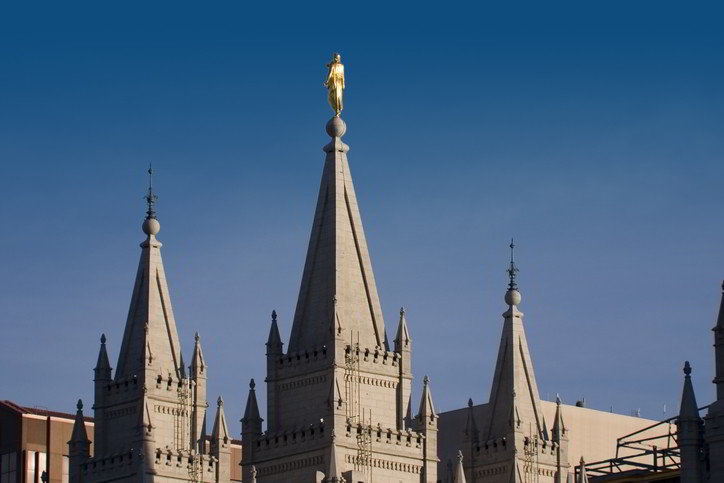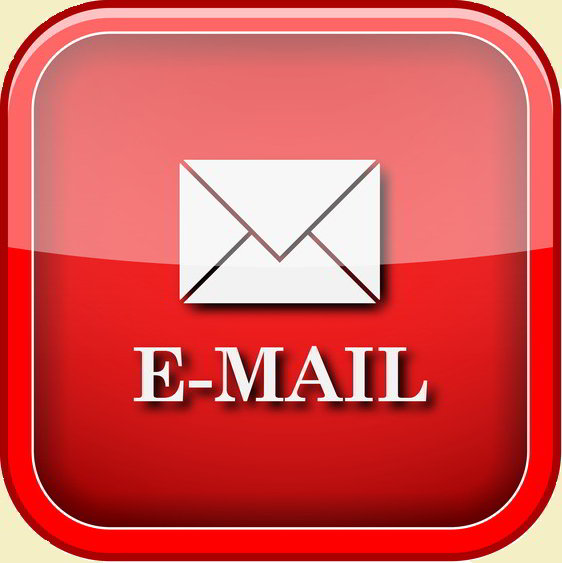Visiting FHL: Making the Most of Your Trip

FHL Hints and Tips
If you are not making full use of the Family History Library (FHL) in Salt Lake City, you are probably making a big mistake. The Family History Library is the largest library of genealogy data (microfilm, microfiche, books and periodicals) in the world and can be one of the most valuable resources available for your family research. This article covers some key strategies for making the most of a site visit from someone who has made the trek.
The first thing to know is that the FHL is free and open to the public. You do not have to be a member of the Church of Jesus Christ of Later Day Saints to take advantage of this incredible resource. Furthermore, when you visit the Family History Library, there is no attempt to evangelize or pressure you to join their church. I found the Mormons running the library to be exceedingly accommodating and only interested in helping me further my genealogy research.
The library itself is 142,000 square feet in size and contains several million rolls of microfilm records, hundreds of thousands of microfiche sheets and family history books. They also have several thousand genealogy periodicals in their collection. Their collection of books and periodicals is unmatched and access to them alone can make a trip to Salt Lake City worthwhile.
To make the most of your time at the library, you will want to do a lot of research beforehand and have compiled a list of microfilm numbers for records you want access to. That way you use your precious time at the library actually obtaining copies of the records you need instead of doing basic research.
Luckily, you can do most of your research from the comfort of your own home by visiting their website at www.FamilySearch.org. You can search the library’s contents by filling out the search form. For some records, digital images of the source records are available and you can view them online. Otherwise, you will need to jot down the microfilm numbers for records that are available only at FHL.
There are some tricks for getting the most out of your searches. First, make liberal use of wildcards on your searches including both global (*) and singe character (?) wildcards. Note that at least three characters are required to us single character wildcards.
For example use:
John* - if you are not sure of the spelling, will cover Johnson, Johnston, Johns, etc.
John? – will find Johns, but not Johnson or Johnston
You can also narrow your search with the use of filters. The filters available include Any, Birth, Marriage, Residence and Death. A further narrowing can be obtained by adding a filter for spouse or parent relationship.
With your research completed you are ready to go! FHL Library hours, holiday schedule and address can be obtained at familysearch.org/locations/library_hours. I would recommend taking one of the orientation sessions that are provided, first thing, to help you quickly get oriented on where everything is and how things work. The library is massive and can be a bit overwhelming at first. Just be patient and ask the staff for help when you get stuck.
Make sure to look through their vast book and periodical collection early in your trip since the most of them can not be checked out and must remain in the library. Vending cards are available for the copiers, so you don’t have to keep pocket change on hand. Also, no food or drinks are allowed in the library other than in the snack room on the first floor.
If you can not make it to the Family History Library, there are 4,500 Family History Centers (FHC) worldwide that you can make use of to get access to FHL resources. Hopefully, there will be one located within driving distance of you. You can think of them as affiliated branch libraries of the FHL. Microfilm from the Family History Library can be ordered at your local FHC by filling out an order form and paying a shipping fee. You will be notified when your film(s) arrive so you can go back and make use of their readers to get copies of the records you seek. They give you five weeks to return and use the film before it is sent back to Salt Lake.
There is another option worth considering. You can contact ancestorseekers.com and utilize their organized research trip service to the FHL or hire them to create a custom trip for you. They also provide a research service where they research your genealogy problem for you using the library's resources.
I hope you are able to make it to Salt Lake City to visit the Family History Library in
person. There is a wealth of information,
well beyond what can be borrowed using your local FHC, that can only be
accessed by physically visiting the FHL.
These include books, periodicals, handouts, reference books and
knowledgeable people that can aid you in your family research and help you to
make some meaningful breakthroughs. My
trip to the Family History Library was very productive and rewarding and I hope yours will be too.
Read related articles: Record Sources
Beginner
Guide
Genealogy Quick Start Guide for Beginners
Applying the Genealogy Proof Standard to your Research
Google Genealogy Research Toolbox
Find Records
Researching Ancestors through Military Records
Using the National Archives (NARA) for Genealogy Research
Using U.S. Census Records
Canadian Genealogy Research using the Internet
Tips
Genealogy Source Citations Made Easy
Listening to Genealogy Podcasts Made Easy

